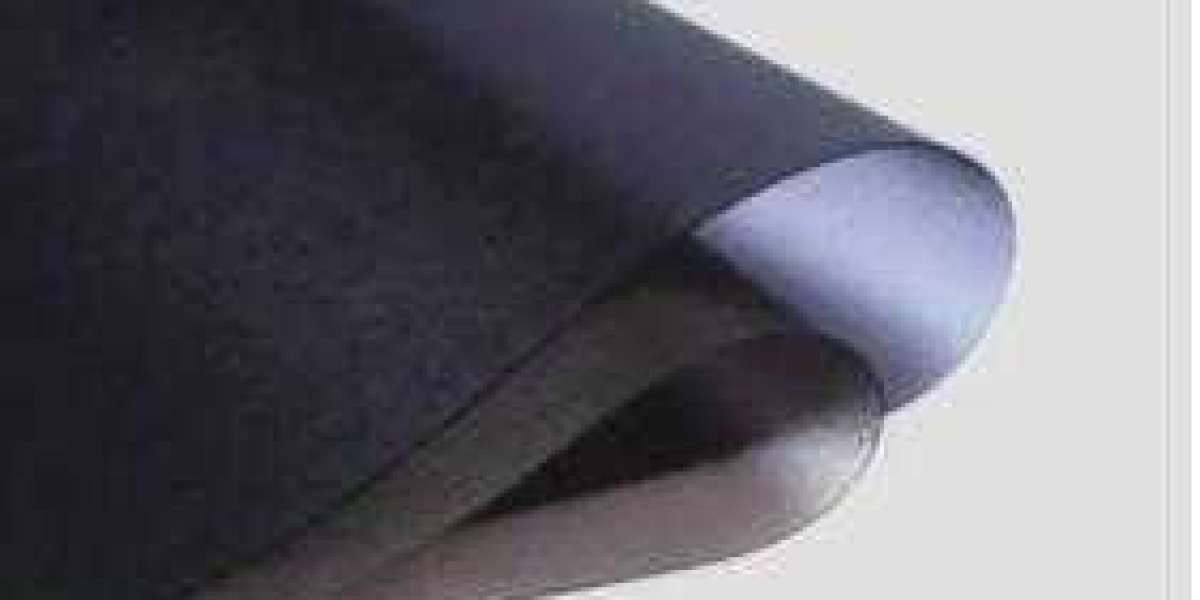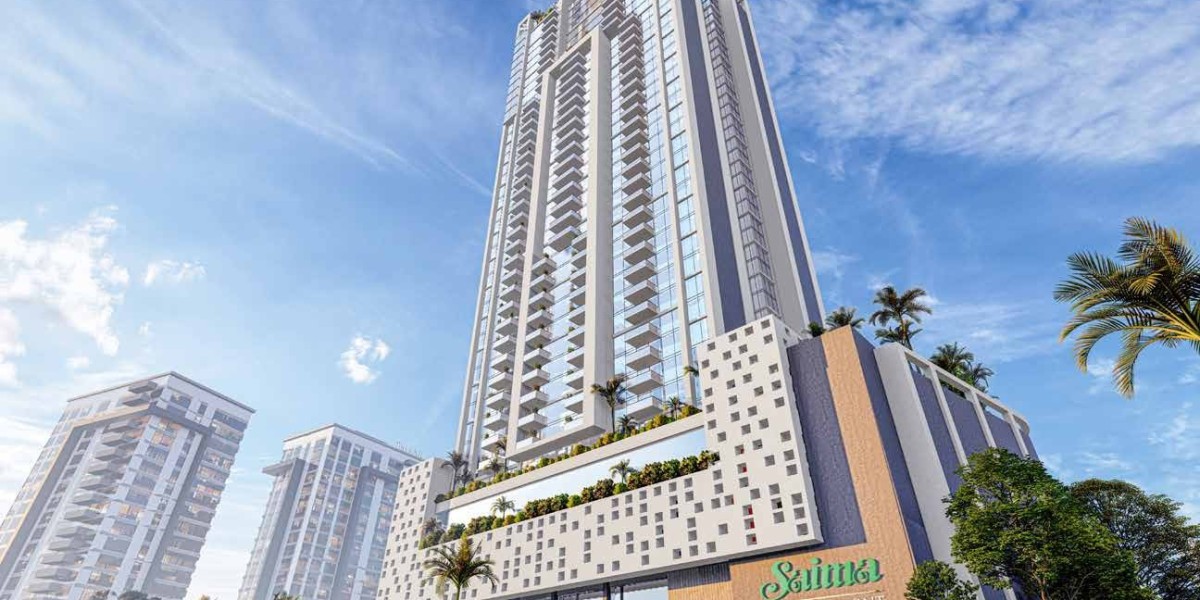EVA film and PVB film are two different polymer materials that can be used in glass sandwich structures. For many years PVB has been the reference material for glass interlayers in the construction and transport industries. EVA as a laminate is challenging current PVB due to some favorable properties. In fact, it is also an excellent material for such applications and meets all the key properties required for PVB today. Not only that, but it can also overcome some shortcomings of PVB, and its performance is better than PVB.
Some excellent properties of EVA have been proven in the photovoltaic market. In that market, EVA demonstrates this fact, and millions of square meters of EVA for photovoltaics have demonstrated this. EVA is the "king" material for laminating and constructing photovoltaic modules, producing energy for extended periods of time under extreme operating conditions. At this point, we should remember that PV modules are produced and sold with a 20-year warranty. Currently, other materials have proven more effective than EVA for such applications, such as polyolefin (POE).
Both EVA and PVB are thermoplastic polymers with some inherent elasticity and natural adhesive properties. Compared with other rigid thermoplastic materials, these materials look like "chewy fudge" products at room temperature. In this sense, they differ from rigid forms of thermoplastics, which is why they are named "soft" polymer materials.
In terms of bonding, besides EVA and PVB, other materials can also be used for laminated glass. But they are mostly liquid products that require mixing at least two different solutions to react. From a lamination manufacturing standpoint, this is no easy task. EVA and PVB are essentially provided in film form, which is easy to handle and manipulate during the preparation of glass laminates before they are converted and integrated into flexible elements for structured products. Using thin films in the lamination process offers significant manufacturing advantages over using liquid materials.
Jiaxing Fuying Composite Materials Co., Ltd. is a mono solar panels manufacturer and supplier in China. The company produces PV solar panels and other photovoltaic products and PVB films.



